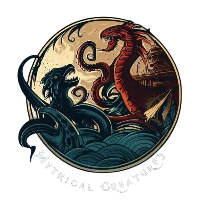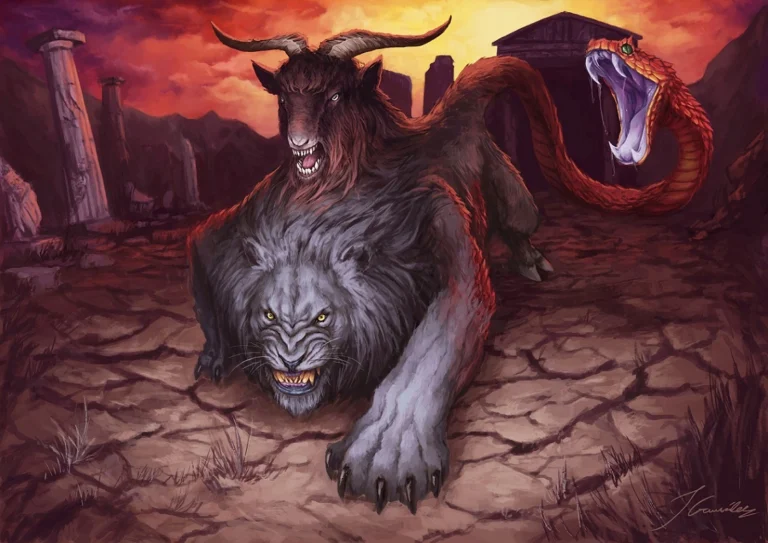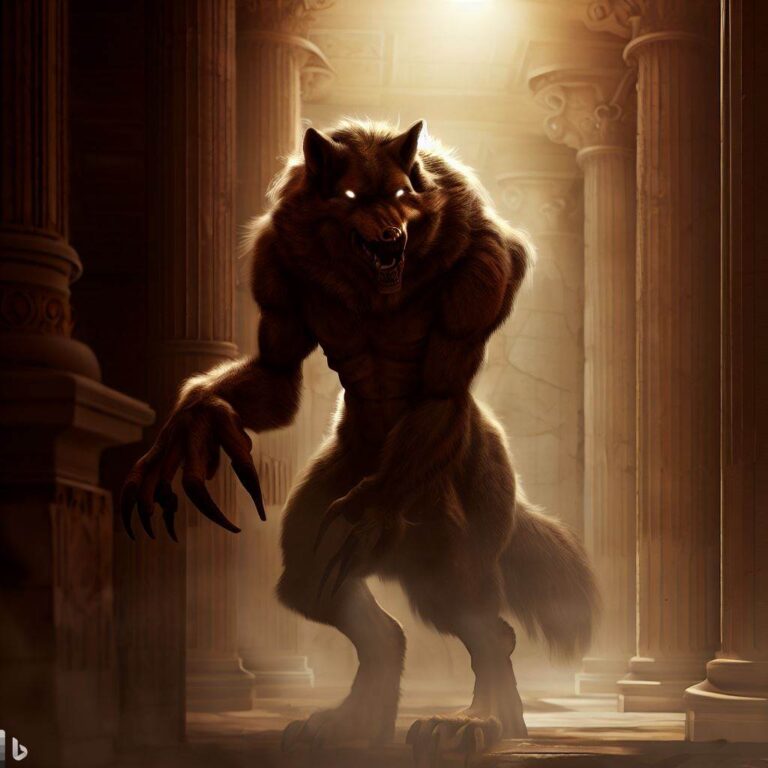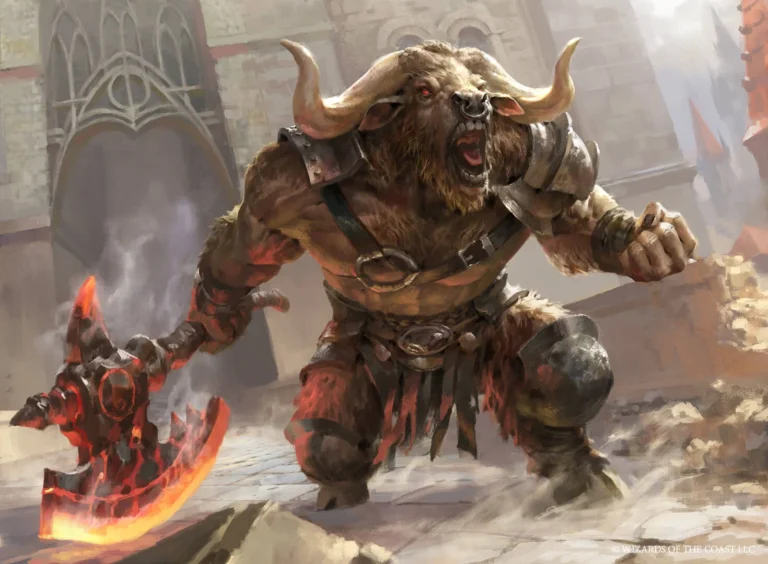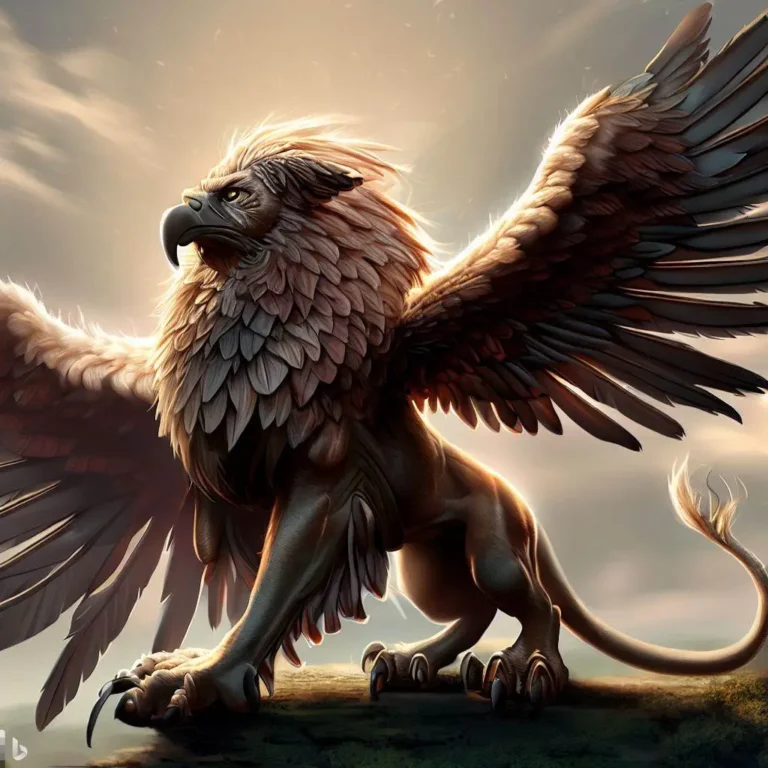
Centaurs, the fascinating creatures of Greek mythology, are depicted as half-man, half-horse beings. This comprehensive guide delves into the world of Centaur mythology, exploring their origins, depictions, and the rich tapestry of myths they inhabit.
Introduction to Centaurs in Greek Mythology
Definition of Centaurs: Half-Man, Half-Horse Creatures
Centaurs are some of the most recognizable creatures from Greek mythology. These powerful beings boast the upper torso of a human seamlessly connected to the body and legs of a horse. Centaurs were known for their strength, agility, and connection to the wild.
Origin Stories of Centaurs
There are two main origin stories for Centaurs:
- Ixion and Nephele: Ixion, king of the Lapiths, attempted to seduce Hera, the wife of Zeus. As punishment, Zeus condemned Ixion to be eternally bound to a flaming wheel. In some versions of the myth, Ixion first mated with a cloud creature formed by Zeus in Hera’s image, resulting in the birth of Centaurus, the first centaur.
- Centaurus: Another version suggests a creature named Centaurus, brother of Lapithes, fathered the race of Centaurs. This lineage highlights the connection between Centaurs and the Lapiths, a neighboring tribe.
For further details on the origins and variations of the Centaur myth, Theoi Project offers a well-organized resource https://www.theoi.com/Georgikos/KentauroiThessalioi.html [invalid URL removed].
Habitat of Centaurs
Centaurs were said to dwell in the mountainous regions of Thessaly and Arcadia in Greece. These areas were known for their untamed wilderness, which mirrored the wild nature of the Centaurs themselves.
Depictions and Symbolism of Centaurs
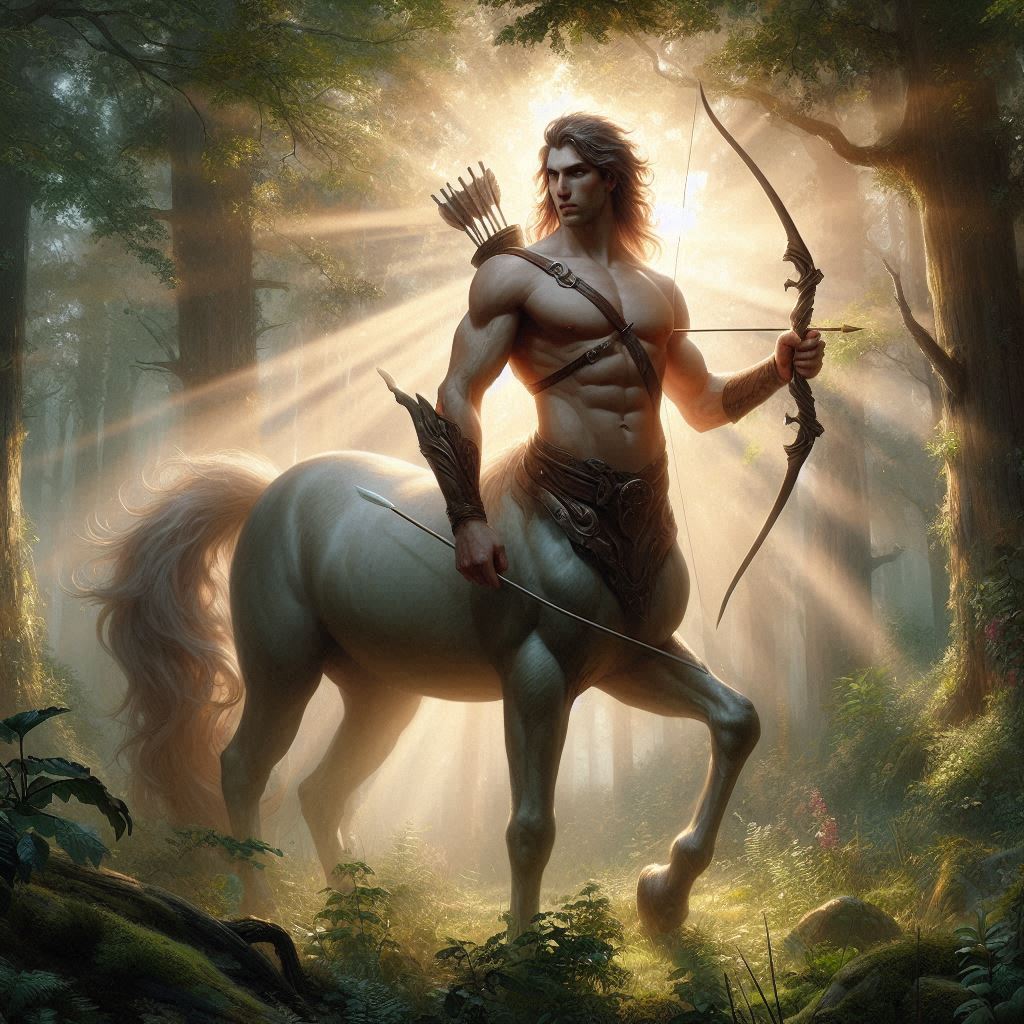
Centaurs were not only physically imposing but also held significant symbolic meaning in Greek mythology.
Physical Appearance of Centaurs
Early Depictions: Early artistic representations of Centaurs portrayed them as rather monstrous. These Centaurs had the torso of a human attached to the front of a horse’s body, creating a somewhat unsettling image.
Later Depictions: Over time, Centaurs were depicted in a more refined manner. The human torso became more seamlessly integrated with the horse’s body, often positioned at the withers, creating a more balanced and aesthetically pleasing form. You can see this evolution in Centaur depictions throughout Greek art [https://www.theoi.com/Georgikos/KentauroiThessalioi.html] (Theoi Project).
Centaurs as Symbols
Duality of Nature (Civilized vs. Wild): Centaurs embodied the duality of nature. Their human form represented reason and civilization, while their equine half symbolized wildness and untamed passions. This duality is a recurring theme in Greek mythology, and Centaurs served as a powerful reminder of the constant struggle between these two forces within humanity.
Lack of Self-Control: In many myths, Centaurs are depicted as lacking self-control, easily succumbing to their wilder nature. This is particularly evident in the famous story of the Centauromachy, which we will explore later. Their inability to control their impulses served as a cautionary tale about the dangers of unchecked passions.
Centaurs in Art and Literature
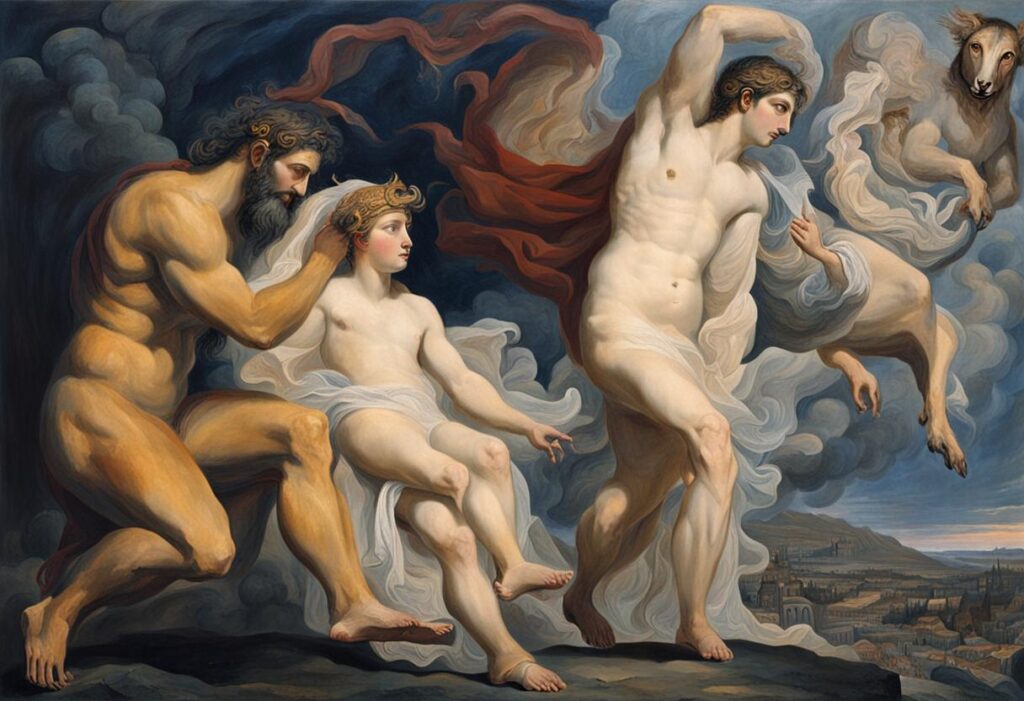
Examples in Greek Art: Centaurs were a popular subject in Greek art, appearing on pottery, sculptures, and friezes. These depictions offer valuable insights into how the Greeks viewed these creatures and their place in mythology.
Centaurs in Modern Depictions: Centaurs continue to capture the imagination in modern times. They appear in fantasy novels, video games, and movies, often retaining their symbolic connection to the duality of nature. However, modern portrayals can also explore more nuanced and complex representations of Centaurs.
The Centauromachy: Centaurs vs. Lapiths
One of the most famous stories involving Centaurs is the Centauromachy, a legendary battle between the Centaurs and the Lapiths, a neighboring human tribe.
The Wedding of Pirithous and Hippodamia
The Centauromachy is said to have erupted at the wedding of Pirithous, king of the Lapiths, and Hippodamia. During the festivities, the Centaurs, inebriated with wine, became unruly. Incensed by the excessive drinking and disrespectful behavior, a Centaur named Eurytion attempted to abduct Hippodamia, sparking a violent brawl.
Key Figures in the Centauromachy:
- Heroes on the Side of the Lapiths:
- Theseus: The legendary hero Theseus, known for his slaying of the Minotaur, came to the aid of the Lapiths. His strength and courage were instrumental in turning the tide of the battle. Britannica offers a great overview of Theseus [invalid URL removed].
- Notable Centaurs:
- Eurytion: As mentioned earlier, Eurytion’s attempted abduction of Hippodamia is considered the catalyst for the Centauromachy. He was slain during the battle.
The Outcome of the Centauromachy
The Centauromachy was a brutal and bloody conflict. While the Lapiths suffered losses, with the help of heroes like Theseus, they ultimately emerged victorious. The defeated Centaurs were driven from their lands, forever marked by their shame and lack of self-control.
The story of the Centauromachy highlights the dangers of unchecked savagery and the importance of maintaining order and civility. It also serves as a reminder of the complex relationship between humans and the wild world they inhabit.
Centaurs and Heroes: Complex Relationships
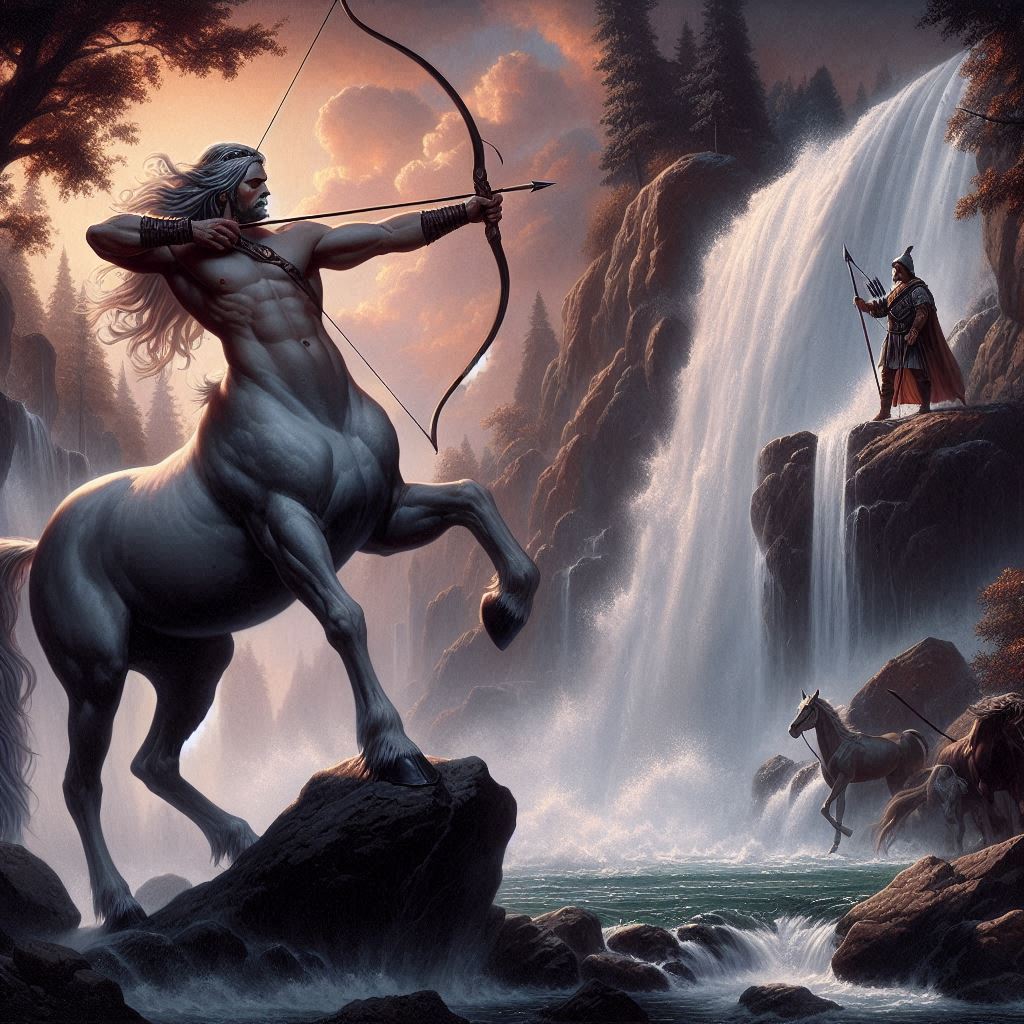
Centaurs did not solely represent savage brutality. Greek mythology depicts a spectrum of relationships between Centaurs and heroes, ranging from mentorship and guidance to conflict and betrayal.
Chiron: The Wise and Just Centaur
One of the most well-known Centaurs is Chiron, who defied the stereotype of his kind. Unlike his brethren, Chiron was renowned for his wisdom, justice, and knowledge of medicine and the arts. He established a famous cave dwelling where he tutored many of Greece’s greatest heroes.
Chiron as a Tutor: Chiron’s pupils included Achilles, the legendary warrior known for his “Achilles’ heel” vulnerability. He also educated Hercules, the powerful demigod known for his twelve labors. These heroes’ successes were largely attributed to the invaluable skills and knowledge they acquired under Chiron’s tutelage.
Famous Students of Chiron:
- Achilles: Chiron trained Achilles in combat, hunting, and other skills that would make him the greatest warrior of his generation.
- Hercules: Another of Chiron’s notable students, Hercules benefited from the Centaur’s guidance in archery, wrestling, and other disciplines.
Other Notable Centaurs with Heroes
- Nessus and Deianira: Not all Centaurs were benevolent figures. Nessus, a different Centaur altogether from Chiron, attempted to abduct Deianira, the wife of Hercules. In the ensuing struggle, Hercules killed Nessus with a poisoned arrow. However, Nessus tricked Deianira into believing his blood could reignite Hercules’ love, leading to her tragic downfall.
- Hylonome and Cyllarabus: This myth showcases a more heartwarming relationship. Hylonome, a Centauress (female Centaur), fell in love with Cyllarabus, a Lapith king. Their forbidden love story highlights the potential for understanding and connection between humans and Centaurs.
Centaurs as Allies and Enemies
As these stories demonstrate, Centaurs could be both allies and enemies of heroes. Their actions were not predetermined by their nature, but rather a reflection of individual choices. This complexity adds depth and intrigue to Centaur mythology.
Legacy of Centaurs in Mythology and Culture
The enduring presence of Centaurs extends far beyond the myths of ancient Greece. These fascinating creatures continue to capture imaginations in various forms.
Centaurs in Roman Mythology
Roman mythology, heavily influenced by its Greek counterpart, also adopted the figure of the Centaur. However, Roman Centaurs were generally portrayed as more savage and barbaric compared to their Greek counterparts.
Centaurs in Modern Fantasy and Fiction
Modern fantasy and fiction have embraced the Centaur archetype. From the classic novels of C.S. Lewis’s “Chronicles of Narnia” to the fantastical world of “Harry Potter,” Centaurs appear as both noble and wise beings or dangerous and unpredictable creatures. These portrayals often retain the core themes of duality and the struggle between order and chaos that were central to the Centaur myth in Greek mythology.
The Enduring Appeal of Centaurs
Centaurs continue to resonate with audiences today for several reasons:
- Visually Striking: Their unique blend of human and horse makes them visually arresting creatures, sparking curiosity and wonder.
- Symbolic Depth: The duality of nature they embody remains a relevant theme, prompting reflection on the balance between reason and emotion within ourselves.
- Versatility in Storytelling: Centaurs can be adapted to various narratives, serving as allies, adversaries, or symbols depending on the story’s needs.
The enduring legacy of Centaurs in mythology and culture is a testament to their power to capture our imaginations and prompt us to contemplate the complexities of human nature.
FAQs: Centaur Mythology
This section aims to answer some of the most commonly asked questions regarding Centaur mythology:
Were Centaurs Intelligent Beings?
While some Centaurs were depicted as savage and impulsive, others like Chiron were renowned for their wisdom and knowledge. This suggests a spectrum of intelligence within the Centaur race.
Did Centaurs Have Families?
There is limited information about Centaur family structures in myths. However, the story of Hylonome and Cyllarabus suggests they may have formed families, albeit facing challenges due to their dual nature.
What is the Difference Between a Centaur and a Satyr?
Both Centaurs and Satyrs are half-human, half-animal creatures from Greek mythology. However, Centaurs are half-horse, while Satyrs are half-goat with legs and horns. Satyrs are typically associated with the god Dionysus and are known for their playful and mischievous nature.
Are There Any Real-World Inspirations for Centaurs?
The exact origin of the Centaur myth remains unclear. Some theories suggest they may have been inspired by early encounters with horseback riders, who appeared as a unified entity to unfamiliar observers.
